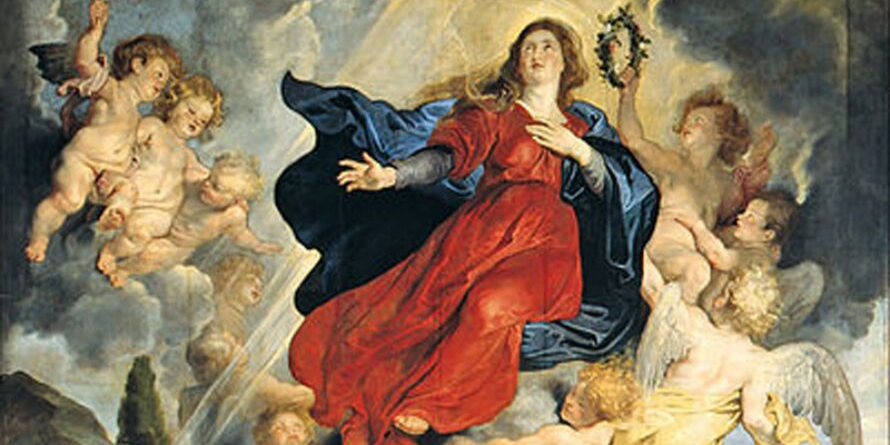Assumption Day is celebrated on or around August 15 in many countries, particularly in parts of Europe and South America.
Assumption Day commemorates the belief that when Mary, the mother of Jesus Christ, died, her body was "assumed" into heaven to be reunited with her soul, instead of going through the natural process of physical decay upon death.
Assumption Day is a public holiday in countries such as Austria, Belgium, Chile, Croatia, France, parts of Germany, Guatemala, Greece, Italy, Poland, Portugal, Slovenia, Spain, and Switzerland. It is also celebrated in Australia, Canada, the United Kingdom, the United States, and others, despite not being considered a public holiday. It is celebrated colorful processions, performances, pageants, and fireworks, but each region puts its own spin on celebrations.
Although the holiday goes by many different names -- Assumption of the Blessed Virgin Mary, the Dormition of the Most Holy Mother of God, and the Feast of the Assumption to name a few -- it has been celebrated since the fourth century C.E.
In 1950, Pope Pius XII declared the Assumption of Mary official dogma of the Roman Catholic Church. The Catholic Church teaches that the Virgin Mary "having completed the course of her earthly life, was assumed body and soul into heavenly glory."
At Assumption Day celebrations, it is common to artistic depictions of the Virgin Mary on display. This artwork, done by Rubens around 1626, portrays the Assumption of Mary. Other Western artists, such as Duccio, Leonardo da Vinci, Michelangelo, Raphael, Giovanni Bellini, and Caravaggio have also created art featuring the Virgin Mary.
To learn more about the art of the Virgin Mary, Pope Pius XII, or Catholicism in general, check out these titles:



Add a comment to: Origins and Practices of the Assumption of Mary